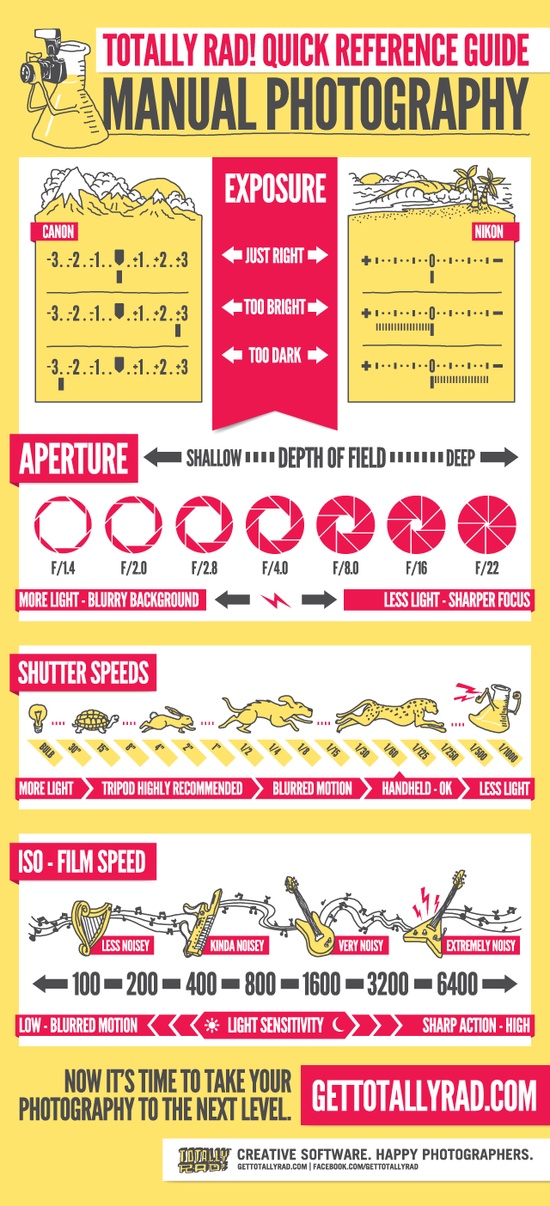Join Us To Find Crucial Photography Suggestions That Will Certainly Open Your Electronic Camera'S Capacity-- Prepare To Record Magnificent Images In No Time!
Join Us To Find Crucial Photography Suggestions That Will Certainly Open Your Electronic Camera'S Capacity-- Prepare To Record Magnificent Images In No Time!
Blog Article
Post Author-Lyons Fuentes
When you first get your camera, it can feel frustrating with all the settings and choices readily available. You could find yourself questioning exactly how to navigate aperture, shutter speed, and ISO efficiently. Understanding these principles is crucial, however there's more to digital photography than simply technical knowledge. Comprehending make-up please click the next web page and lights conditions can elevate your images considerably. So, suppose Linkedin portrait could discover basic approaches to boost your skills and start recording excellent pictures faster than you believe? Let's explore how to transform your digital photography journey.
Understanding Electronic Camera Setups
Comprehending your camera settings is essential for capturing spectacular images. When you get your electronic camera, acquaint on your own with the 3 major settings: aperture, shutter speed, and ISO. Each plays an essential function in just how your photos end up.
Beginning with aperture, which manages the amount of light getting in the lens. over here (lower f-number) lets in more light and produces an attractive background blur, ideal for portraits. Conversely, a narrower aperture (higher f-number) keeps more of the scene in emphasis, suitable for landscapes.
Next, concentrate on shutter rate. This setup identifies the length of time your video camera's sensing unit is exposed to light. A quick shutter rate freezes movement, which is terrific for action shots, while a sluggish shutter speed can produce sensational results like smooth water in landscapes.
Lastly, change your ISO. This setup impacts your electronic camera's level of sensitivity to light. A greater ISO serves in low-light scenarios however can present noise or grain. Go for the most affordable ISO possible while still attaining appropriate exposure.
Composition Techniques
When you're out shooting, make-up can make all the difference in how your pictures resonate with audiences. Beginning by using the rule of thirds; picture your framework divided into nine equivalent sections with 2 straight and 2 upright lines. Position key elements along these lines or at their intersections to produce balance and interest.
Next off, consider leading lines. These all-natural lines in your scene, like roads or rivers, attract the viewer's eye into the picture, assisting them through the story you're telling.
Do not ignore mounting; use elements within your scene, like trees or windows, to develop a structure around your subject, adding depth and emphasis.
Likewise, watch on your history. A chaotic background can sidetrack from your main subject, while a basic one helps it stand out.
Lastly, try out balance and patterns; they can develop a striking picture that captures interest.
Learning Lighting Issues
Mastering lights problems is crucial for recording magnificent photographs, as the best light can transform a regular scene into something remarkable.
Begin by observing all-natural light at different times of the day. Early mornings and late afternoons provide the best light, known as the gold hour. The soft, warm tones throughout these times can boost your pictures perfectly.
Don't avoid overcast days either; diffused light can lessen extreme shadows and develop a pleasing result, specifically for portraits.
Try out https://squareblogs.net/melaine853leone/just-how-to-find-your-unique-style-as-a-professional-photographer by positioning your topic against the source of light. This technique can produce a fanciful halo effect and include deepness to your photos.
Take note of your camera setups as well. Change the ISO, aperture, and shutter speed to fit the illumination conditions. A greater ISO can help in reduced light, yet beware of grain.
Utilize a tripod in darker environments to prevent blur.
Finally, don't fail to remember artificial illumination. Flash and continual lights can be fantastic tools for regulating light in tough conditions.
Conclusion
Finally, understanding your electronic camera does not need to be frustrating. By comprehending your setups, applying structure techniques, and harnessing the power of natural light, you'll quickly elevate your photography abilities. Bear in mind, exercise makes excellent, so venture out there and trying out your newly found knowledge. With time and dedication, you'll be capturing spectacular pictures that mirror your one-of-a-kind viewpoint. Take pleasure in the journey, and do not fail to remember to enjoy while you're at it!
